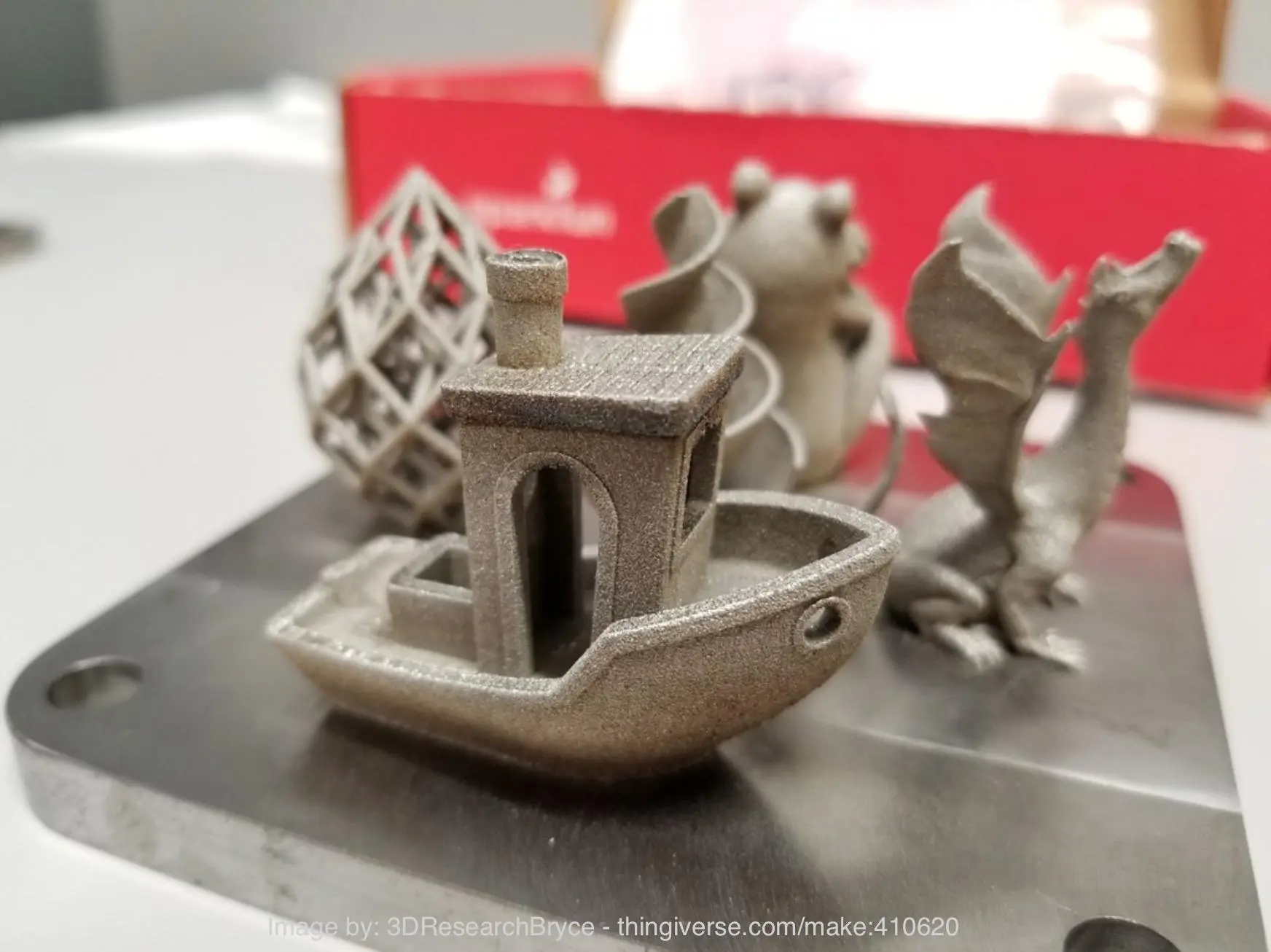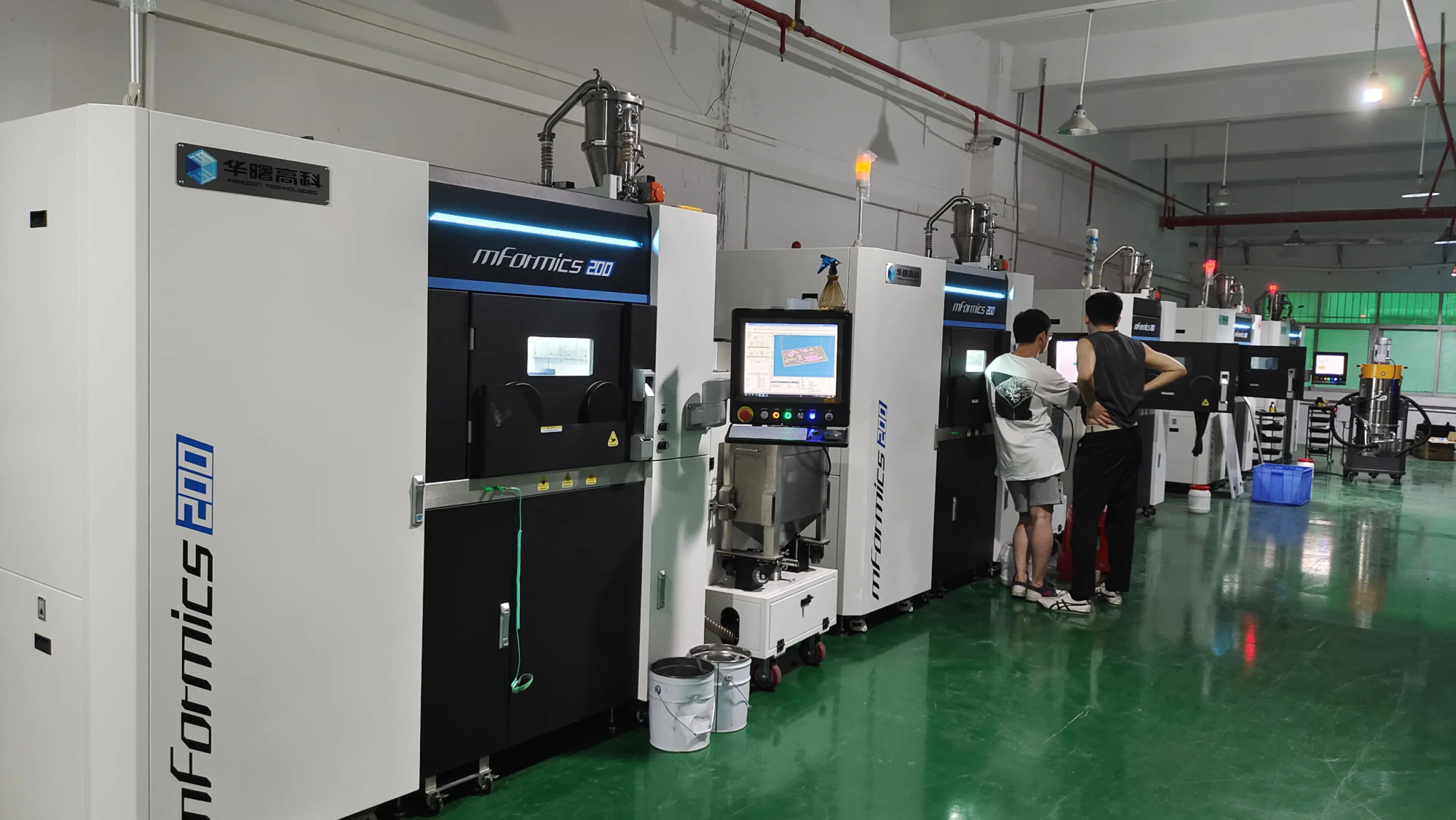On January 6, 2025, according to the Library of Resources, China researchers recently developed a brand new 3D printed CBD assumption (cannabidiol), offering an effective and sure way to provide medicines for the treatment of epilepsy. The research team has designed a hollow structure suppository by combining advanced 3D printing technology with a mold training process. This structure can obtain slow release of drugs and considerably improve the efficiency and bioavailability of CBD.
The main bottleneck of traditional oral drugs is “the first passage effect”, that is to say that the drug is metabolized and decomposed in large quantities when it goes through the liver, resulting in a significant decrease in bioavailability. The CBD suppository developed this time adopts a unique hollow design which can directly deliver the drug to the action site and bypass the metabolic hepatic process. This new suppository is particularly useful for children and patients with digestive constraints, offering them a more practical treatment option.
The suppository consists of two key parts: the shell and the interior support structure. The shell contains a mixture of CBD, polyvinyl alcohol (PVA) and polyethylene glycol (PEG), which is molded by a 3D -printed metal mold, and has good stability and prolonged release characteristics. The internal structure is printed using the melting downfall molding technology (FDM) and uses the thermoplastic polyurethane material to form a spring support to ensure the stability of shape and the functional release of the drug during use.
Experimental data show that the suppository can slowly release the CBD within 5 hours, providing supported drug effects. Thanks to in vitro and in vivo studies, the researchers have verified its safety and its effectiveness. In the tests targeting epilepsy rats, the use of this suppository has considerably reduced brain damage and inflammation. In addition, the study has revealed that this treatment helps to improve the composition of the intestinal microbiota, suggesting additional health benefits.





